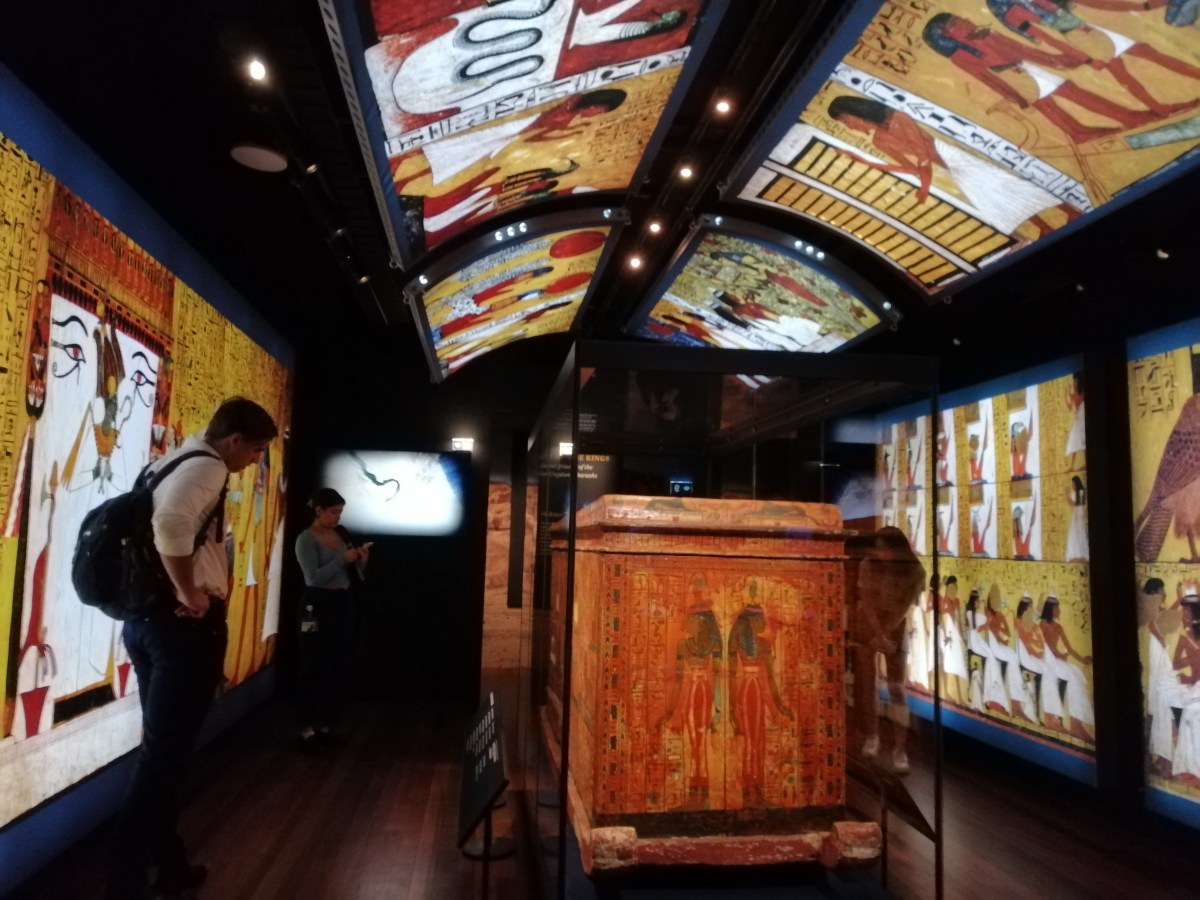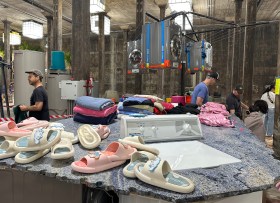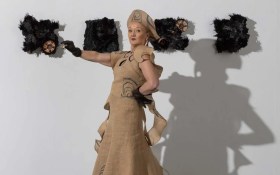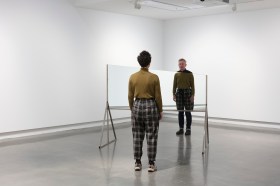While Tutankhamun may be the most known pharaoh in modern pop culture, it is indisputable that Ramses II was among the most powerful and celebrated.
Ramses II (1303-1213 BC) ruled over a stable and prosperous Egypt, overseeing many accomplishments, including securing its borders, bringing unparalleled wealth, widening trade and facilitating massive building programs. Living to over 90 and reigning for an astonishing 66 years, his death shocked his subjects, who were mostly born under his reign.
It is this lauded royal’s sensational story and riches that grace the Australian Museum’s highly anticipated blockbuster exhibition, Ramses & the Gold of the Pharaohs. With 180 immaculately preserved artefacts still reminiscent of their glory, everyone will certainly find something to admire and contemplate.
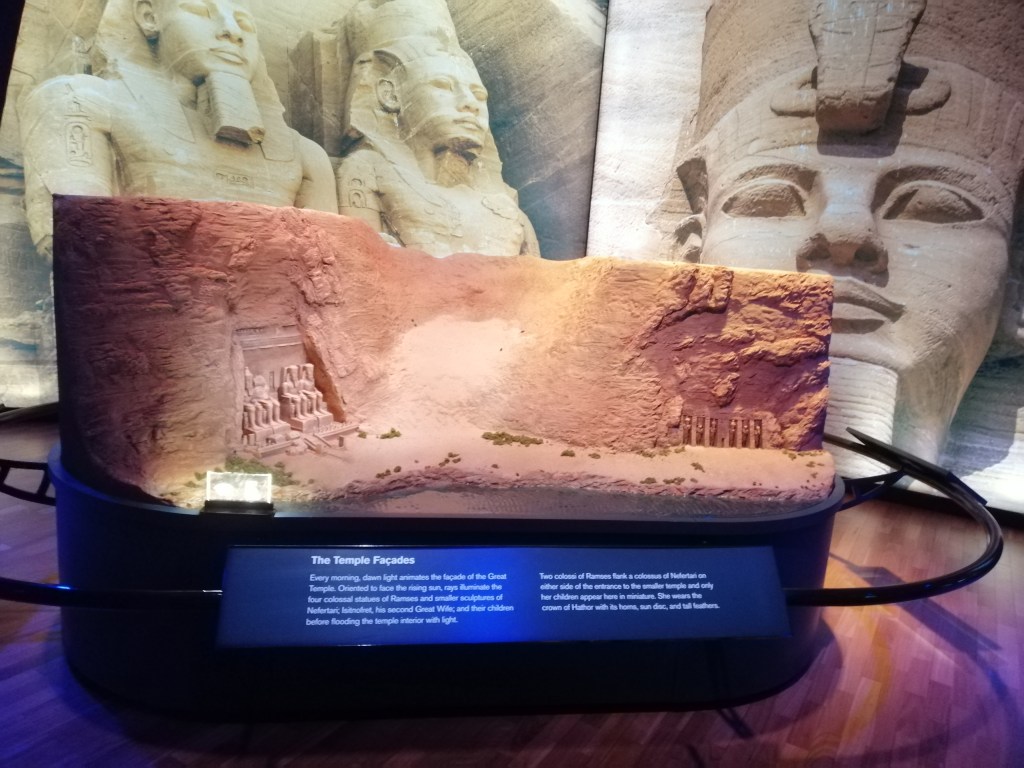
Walking through the exhibition, visitors are taken on an enriching yet beautifully presented journey detailing different aspects of Ramses’ life and qualities. The exhibition’s multisensory nature heightens the sense of wonder, interweaving modern technology and ancient splendours to make us feel as if we are getting to know Ramses personally.
We learn that Ramses was a prolific builder, overseeing one of the most extensive ancient building programs – the scale of his buildings such that they towered over those built by previous pharaohs. Interspersed throughout the exhibition, TV screens play detailed reconstructions of Ramses’ various projects, revealing their complexity and opulence. This includes fly-throughs within the Ramesseum and his prosperous capital city of Pi-Ramesses.
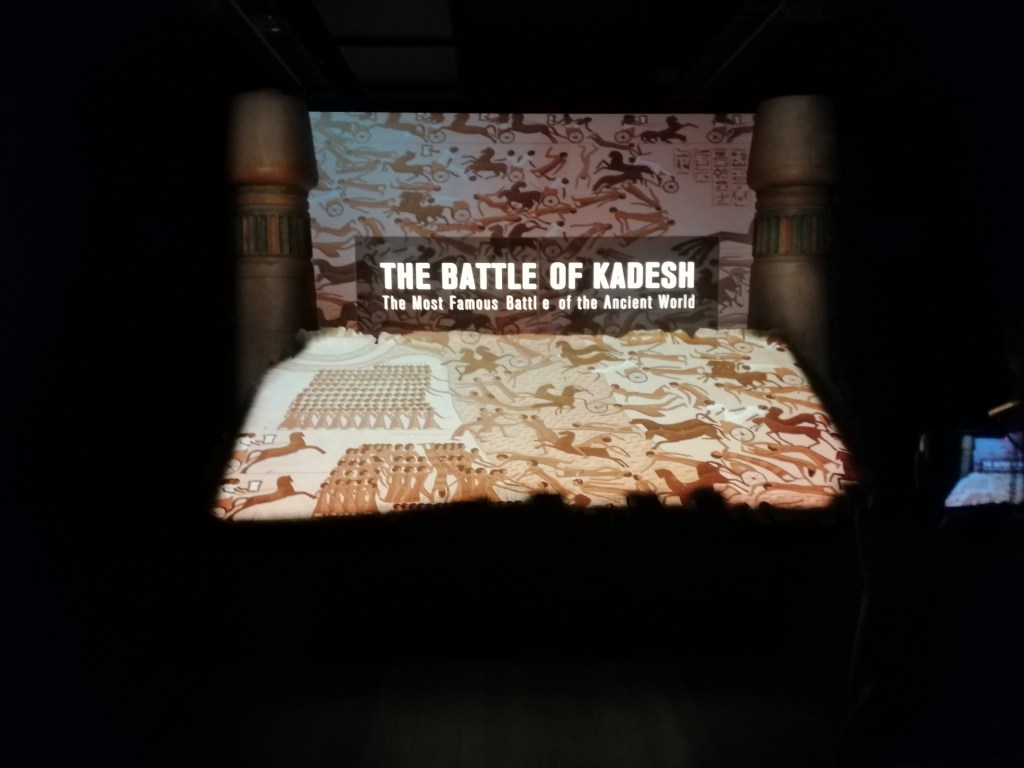
Finely crafted mini replicas of temples such as Abu Simbel, complete with artificial sunlight, add another layer of dimension in depicting Ramses’ building prowess. Artefacts from Deir el-Medina are especially interesting, highlighting the lives of Egyptian craftsmen whose sole purpose was to build spectacular tombs carved out of the mountains for Ramses and his wife, Nefertari.
Visitors are also captivated by explanations of how Ramses ensured Egypt’s peace and security through military campaigns and expert diplomacy. The multimedia animation of the Battle of Kadesh, undoubtedly Ramses’ most renowned campaign, does exceptionally well in captivating onlookers with its energetic pulse and vivid storytelling. It is incredibly educational, exploring how the battle led to the world’s first known peace treaty, as well as being utilised as a propaganda tool.
Ramses’ skill as a master propagandist underpins the entire exhibition, with his position cemented by the frequent appearance of his image across Egypt – on stelae, obelisks and monuments to having his cartouche engraved onto other pharaohs’ works. The towering limestone and pink granite colossus statues that dominate the start and end of the exhibition, are remarkable and jaw-dropping depictions of his excellence.
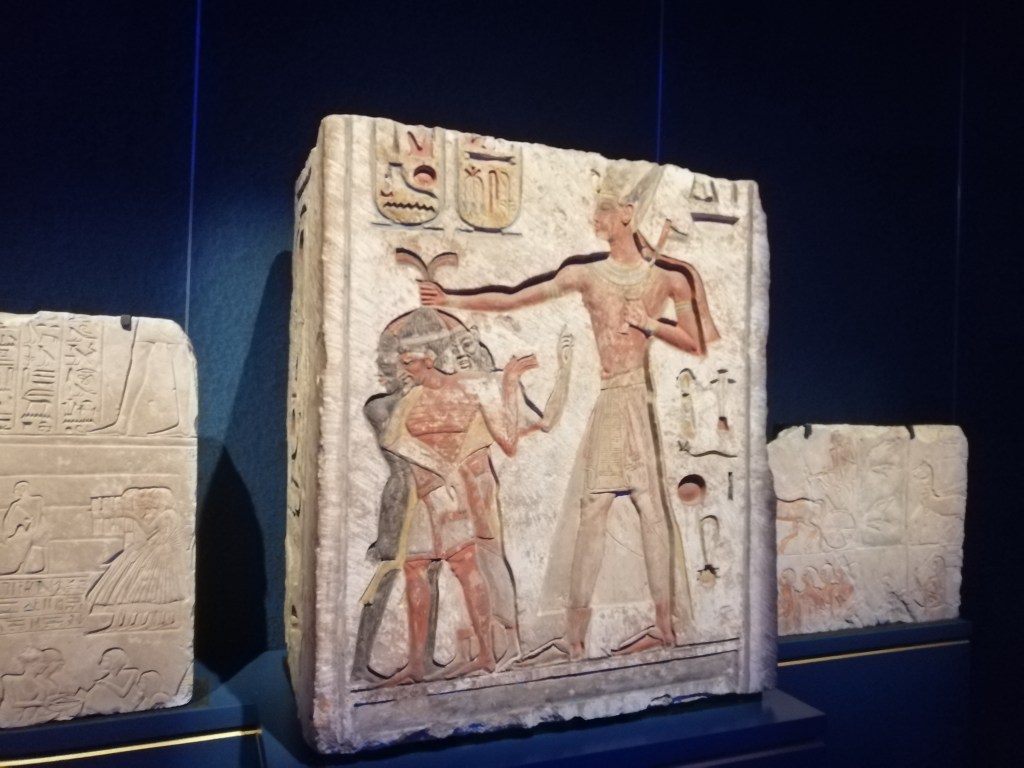
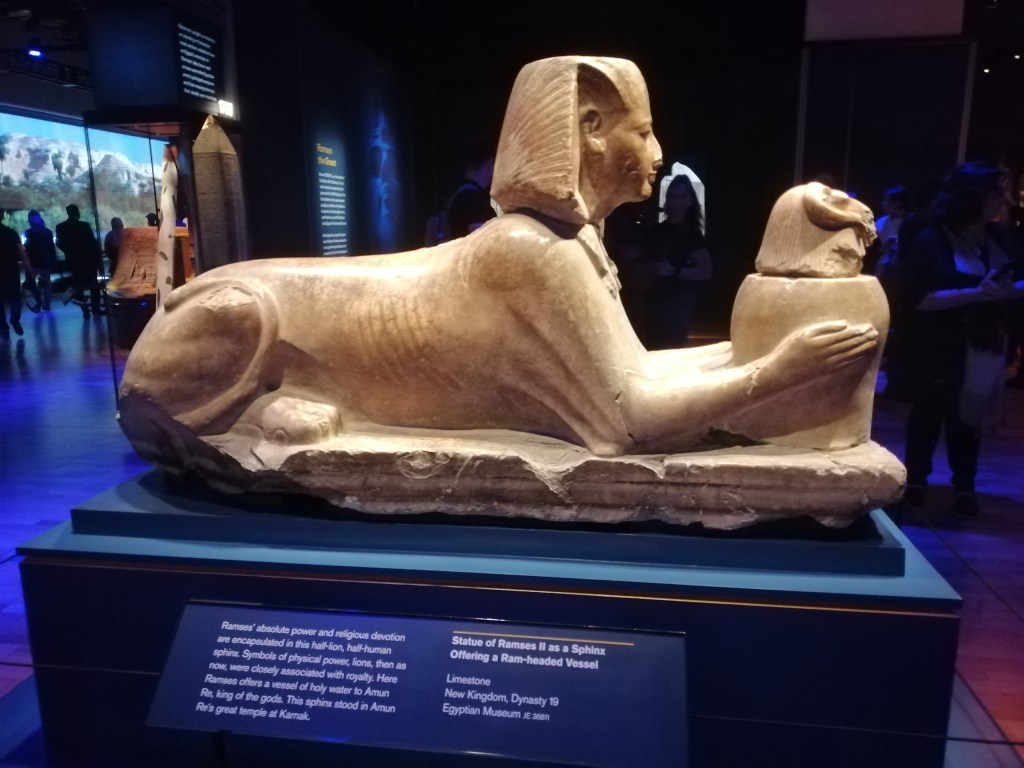
Another enchanting piece is the statute of Ramses II as a sphinx offering holy water to Amun, encapsulating his absolute power and connection to the gods. Charmingly artistic faience tiles also depict Ramses as a warrior pharaoh, with a vibrant one of him smiting three of Egypt’s traditional enemies, a Syrian, Libyan and Nubian.
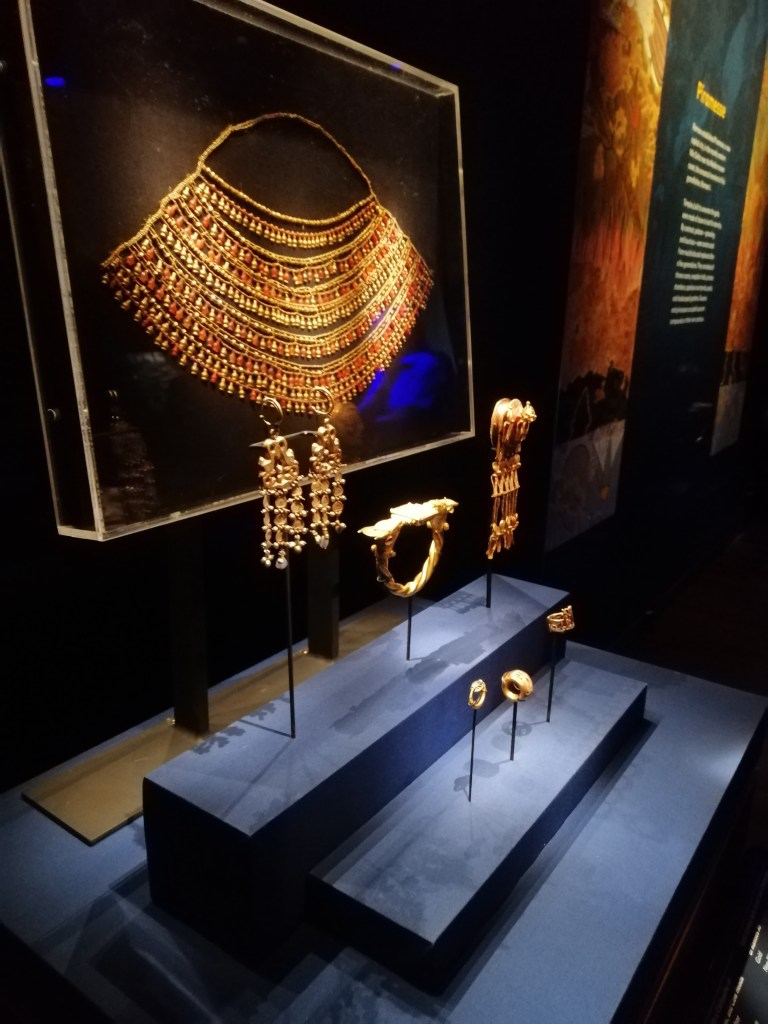
Of course, an Ancient Egyptian exhibition is incomplete without a section about their fascinating religion and death processes. Ramses & the Gold of the Pharaohs has an entire final section dedicated to this. Although Ramses’ tomb was mostly looted in ancient times, we gain a sense of its opulence through viewing the prized funerary goods of other Egyptian nobilities, including exquisitely intricate jewellery made of various precious materials, gold funerary masks and canopic coffinettes.
Cultivating an other-worldly atmosphere, a major highlight is Sennedjem’s outer coffin and the surrounding wall projections. They depict scenes from the ancient Egyptian funerary text, Book of the Dead, detailing the journey through the Underworld en route to the Field of Reeds, which is a paradise without sorrow where all Egyptians aimed to continue life. However, the show-stopping and central piece is the sarcophagus of Ramses II, a truly stunning artefact that can be marvelled at for ages and which Sydney has been very fortunate to become only the second city outside of Egypt to exhibit.
To add, the VR experience must not be missed – an extremely entertaining and innovative new way of transporting visitors into history. Flying through the Sahara, viewers are guided by Nefertari’s spirit around two of Ramses’ most stunning works: the grandiose Abu Simbel temple and Nefertari’s very own tomb, renowned as the “Sistine Chapel of Ancient Egypt”. Like an educational ride, the cinematic motion chairs do a magical and exhilarating job in painting the sensation of being around such architectural magnificence.
Read: Exhibition review: Discovering Ancient Egypt, WA Museum Boola Bardip
Although the cancellation of the Tutankhamun exhibition in 2021 disappointed many ancient history students and enthusiasts, this spectacular experience more than makes up for it. Living up to its world-class appeal, if there is any indication of what the future of museum exhibitions will look like, it is showcased in Ramses & the Gold of the Pharaohs.
Ramses & the Gold of the Pharaohs is on view now until 19 May 2024 at Australian Museum; tickets from $29.
This review is published under the Amplify Collective, an initiative supported by The Walkley Foundation and made possible through funding from the Meta Australian News Fund.
